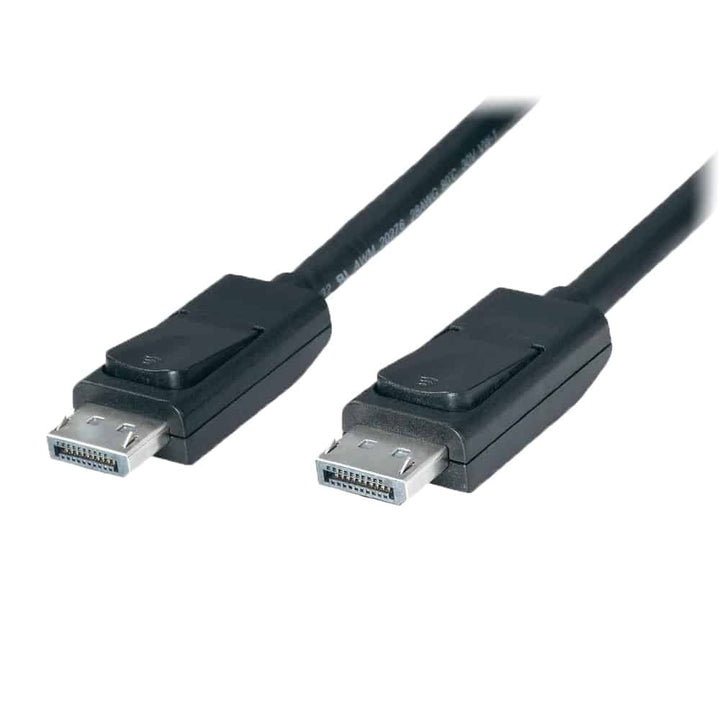How MST DisplayPort Hubs Works

In the fast-evolving landscape of display technology, where innovation is the key to staying ahead, Multi-Stream Transport (MST) and DisplayPort have emerged as groundbreaking technologies that redefine the way we connect and experience visual content. This blog delves into the intricacies of MST and the prowess of DisplayPort, providing a comprehensive understanding of their workings.
Featured 4XEM DisplayPort and MST Products
Multi-Stream Transport (MST): A Symphony of Connectivity
Multi-Stream Transport, as the name suggests, is a technology that enables the seamless transmission of multiple video and audio streams over a single cable. This revolutionary capability is particularly beneficial in scenarios where a single display is insufficient, and a multi-monitor setup is essential for an immersive computing or entertainment experience.
MST leverages a technique called daisy chaining, allowing users to connect multiple monitors in a series through a single DisplayPort connection. Each monitor in the chain acts as an independent display, driven by the source device's graphics processor. This not only simplifies cable management but also optimizes the utilization of available bandwidth, ensuring high-quality visuals across all connected displays.
The Ingenious DisplayPort: A Gateway to High-Performance Connectivity
At the heart of MST lies the DisplayPort interface, a versatile and high-performance standard that has become the go-to choice for tech enthusiasts and professionals alike. DisplayPort supports a range of resolutions, refresh rates, and color depths, making it the ideal conduit for delivering stunning visuals.
One of the standout features of DisplayPort is its ability to carry both video and audio signals, eliminating the need for separate cables for these functions. This not only streamlines cable management but also enhances the overall user experience. Moreover, DisplayPort's adaptive sync technology ensures tear-free and smooth gaming experiences, catering to the needs of avid gamers and tech enthusiasts.
Decoding the Daisy Chain: How MST Works with DisplayPort
MST leverages the capabilities of DisplayPort to create a daisy chain of monitors. The source device, such as a laptop or desktop computer, connects to the first monitor in the chain through a DisplayPort cable. Subsequent monitors are then connected to each other in series using additional DisplayPort cables. The key here is that each monitor in the chain must support MST for the daisy chaining to work seamlessly.
As the source device sends the video signal, MST-enabled monitors intelligently process and display the relevant portions of the content assigned to them. This means that each monitor acts as an independent display, capable of showcasing unique content simultaneously. The result is a harmonious symphony of visuals across multiple monitors, offering a panoramic and immersive viewing experience.
In conclusion, Multi-Stream Transport and DisplayPort are a dynamic duo that has transformed the way we connect and experience visual content. Whether you're a tech expert exploring the capabilities of these technologies or a tech reseller looking to meet the evolving needs of customers, embracing MST and DisplayPort opens up a world of possibilities in the realm of display innovation.
More from 4XEM
Looking for support on your past or future orders? Email sales@4xem.com or call 866-999-4936.
Trusted by

























